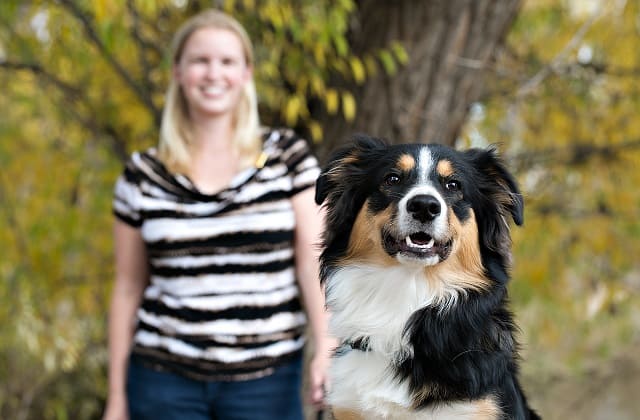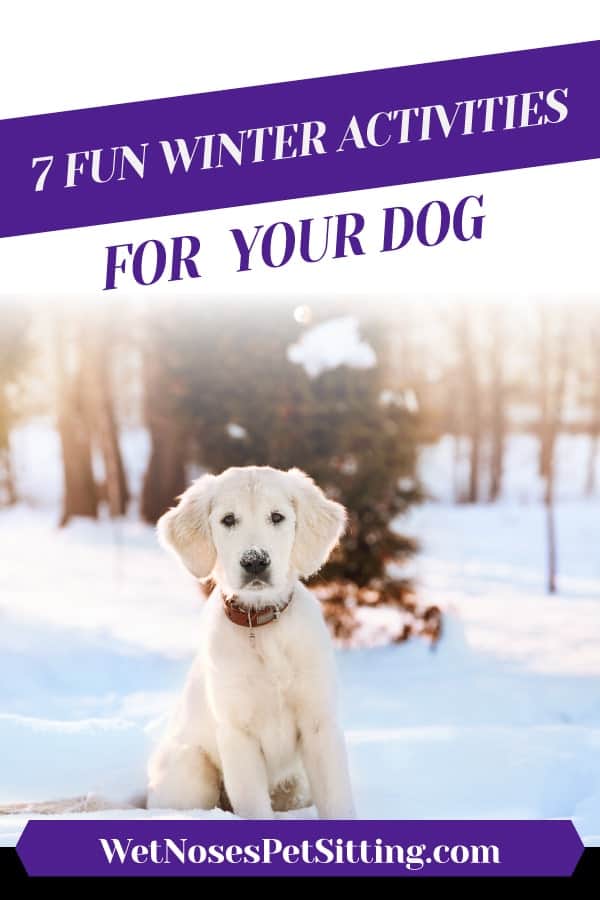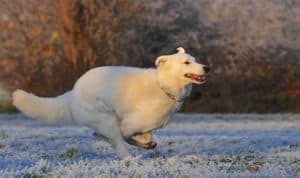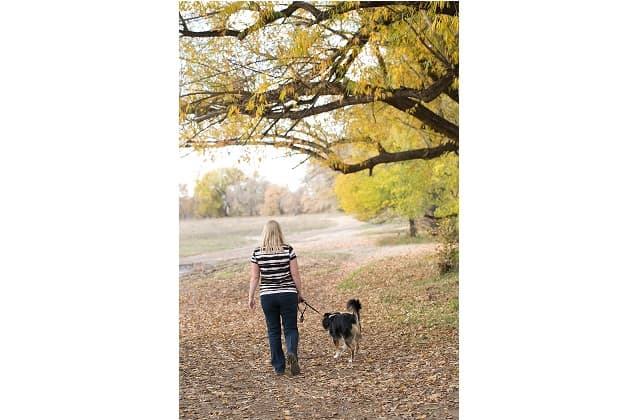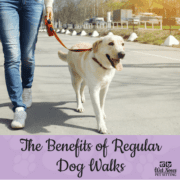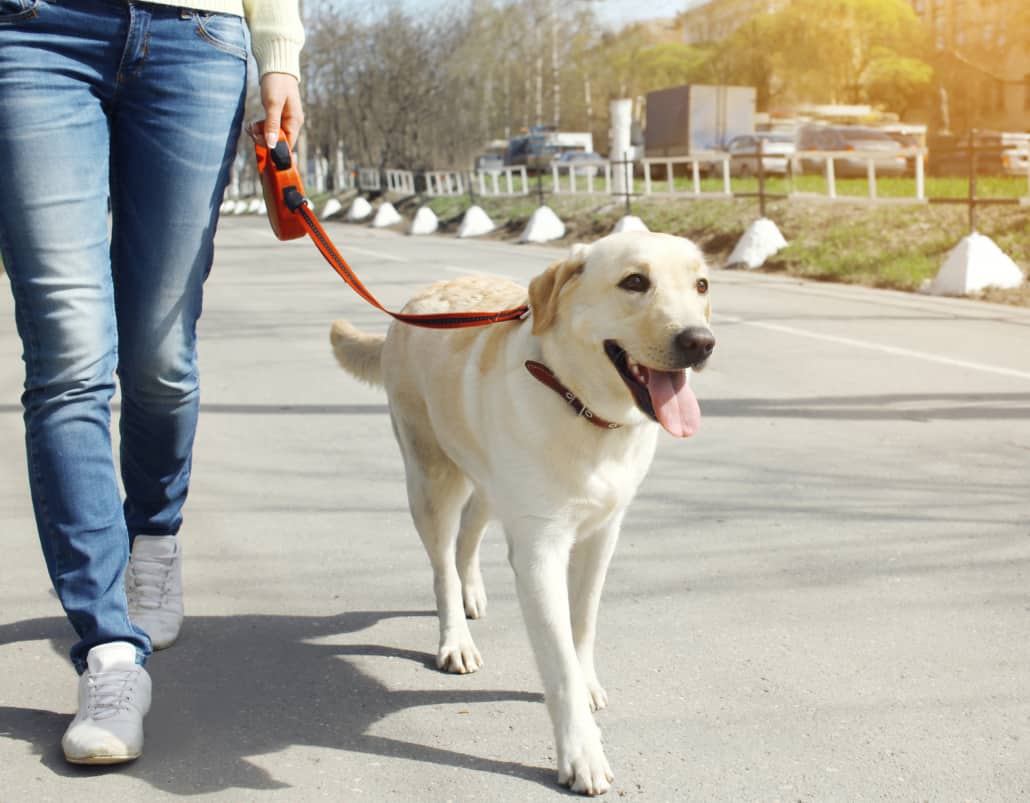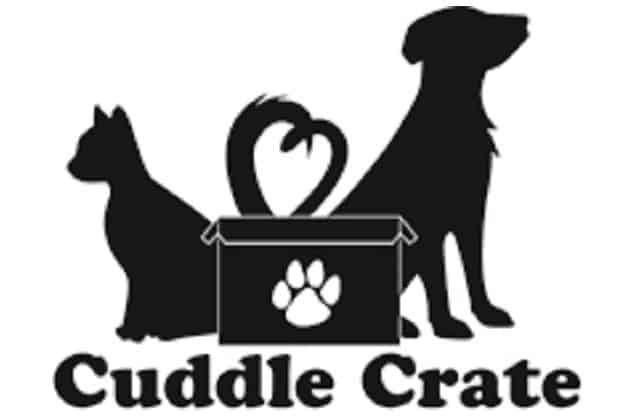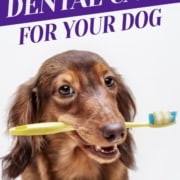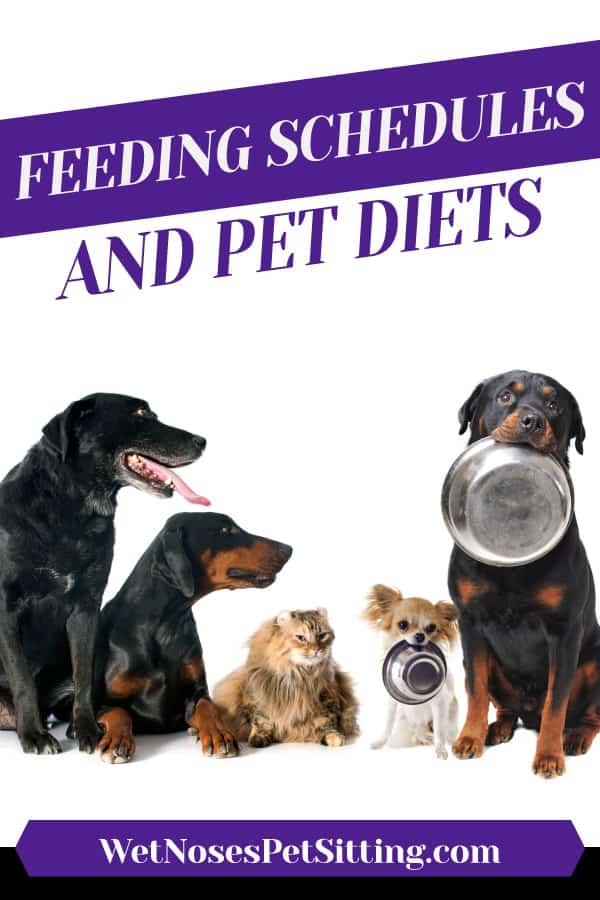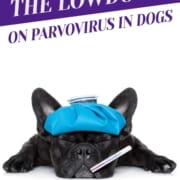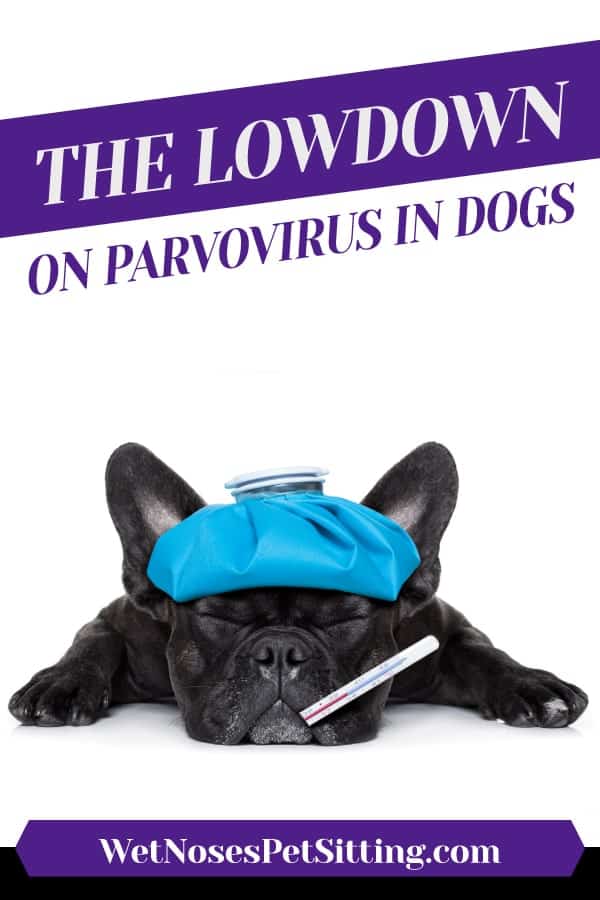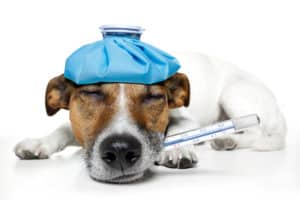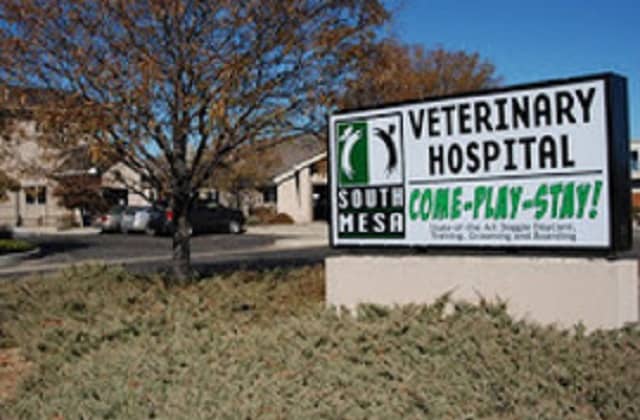I Love Walking Dogs for Wet Noses Pet Sitting
Ok, maybe it seems a little obvious because I own a dog walking company, but the fact is that I do love walking dogs. Even in the rain and the snow, in the heat, at dawn and at dusk. My favorite time to walk a dog is during the summer after the sun has gone down when the weather is warm, but not as hot and there are fewer bugs. But really, it is not about me, is it? It is about the dog!
Some people do not enjoy going for a dog walk, (which is part of why we have a job) so our Wet Noses Pet Sitting get many chances to walk a variety of dogs around Fort Collins and Loveland. Some dogs are small, some are large. Some dogs walk nicely by our side and some dash from one end of the leash to another. Some dogs watch everything that goes by with their heads held high and some have their noses glued to the ground, sniffing each scent we come across. No matter which dog we walk they all have one thing in common: they all are thrilled to be out with us on a wonderful walk that day! Dogs are not prone to hide their feelings and they are pleased to show us how much they enjoy going on a walk. Whether they prance or plod along we know as the dog walker that we are in the company of a dog that is thrilled to be with us, and we are thrilled to be with them! There are few things better than knowing that when you go to work that day you are going to be spending it with animals whose days are made better by your appearance. I would not want to do anything else!

